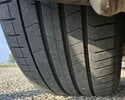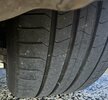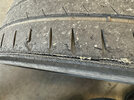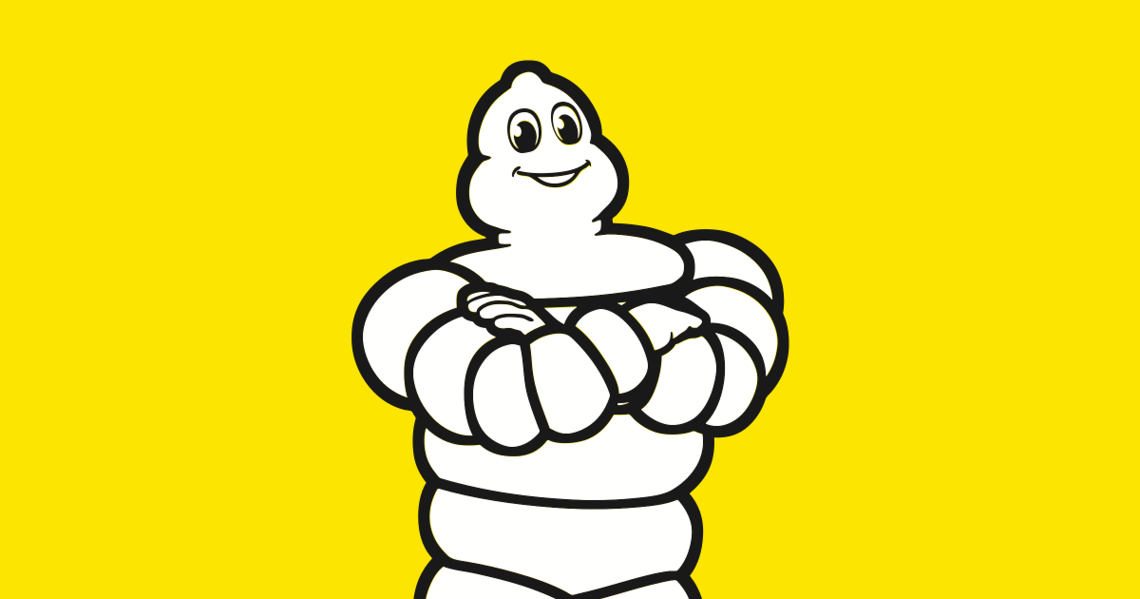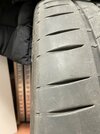Thank you for sharing.
However, on the contrary to your post, I post on this thread often with one major goal: to try to get as many NHTSA Defect forms submitted as possible on what is NOT tire wear, but a tire defect.
Realistically, the vast majority of people with their sidewall/tread separation will just get new tires (at over $1k) and just move on--it takes a few minutes to fill out the form and most either don't know why this is so important, or won't make the time.
I hope the increased interest here will get more forms submitted as expecting Plaid owners to be "OCD enough" to buy and install 3rd party/aftermarket suspension equipment remains absurd. (And, given Tesla's new emphasis on lousy customer service, it would then open the door for Tesla to drop warranty coverage for the suspension due to modifications . . . yeah, I'll pass.)
Especially as these 1,020 hp Plaids enter the hands of second and third+ owners we will likely find ourselves reading headlines related to high-speed accidents due to tire failures, not too dissimilar to the Ford/Firestone fiasco. Yet this would be prevented if NHTSA would just open an investigation and force Michelin and Tesla to get this problem resolved, but here we are. And on this forum it's all about pushback for arguing for tires that do NOT physically come apart after 4k to 10k miles of use . . . .
Odd. Very odd.
Details for those unfamiliar with the stunning levels of ineptitude in the previous tire fiasco. But perhaps you are correct: at this rate it appears there won't be any movement until there are body bags in the hundreds again? Let's try to avoid that, shall we?

en.wikipedia.org



